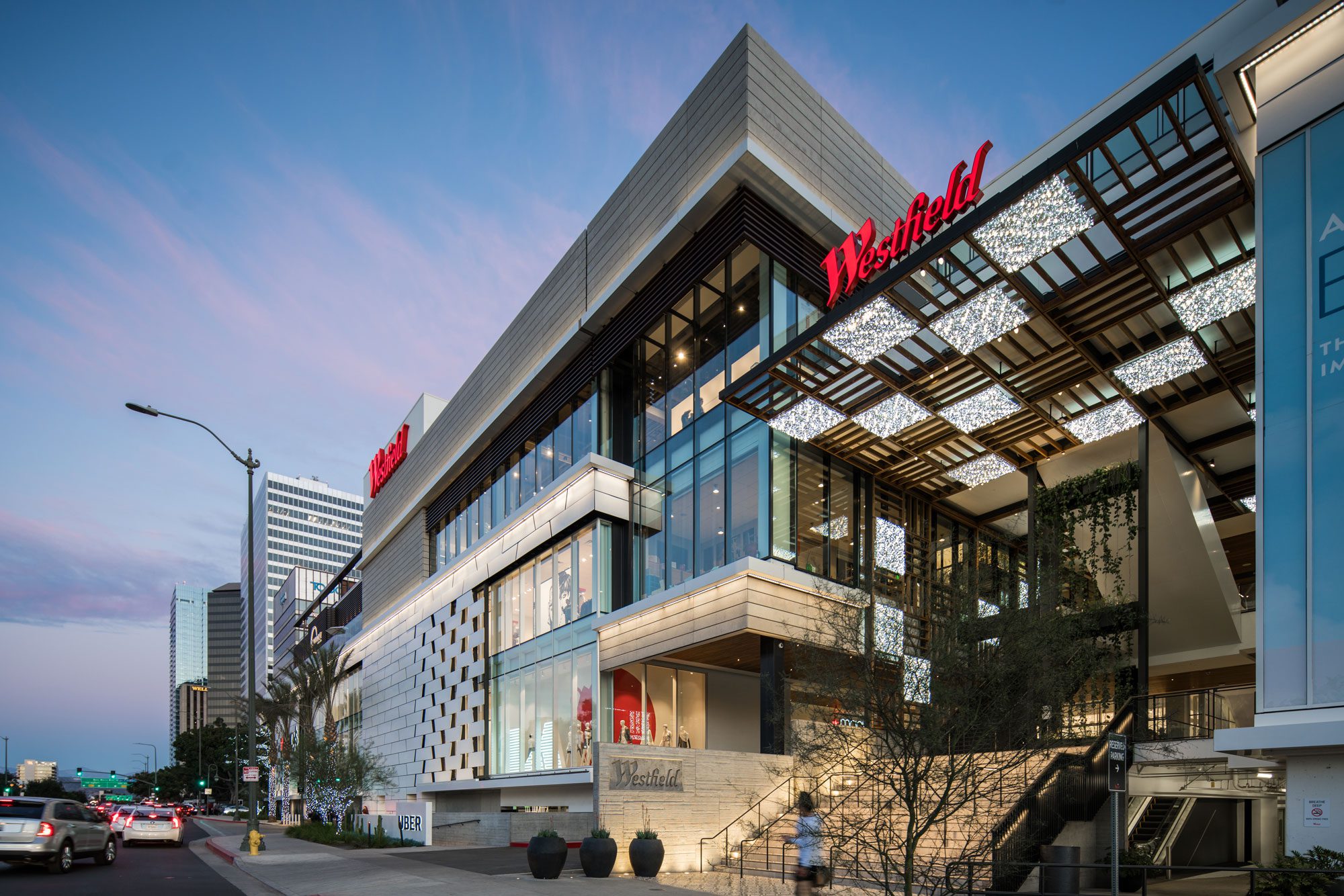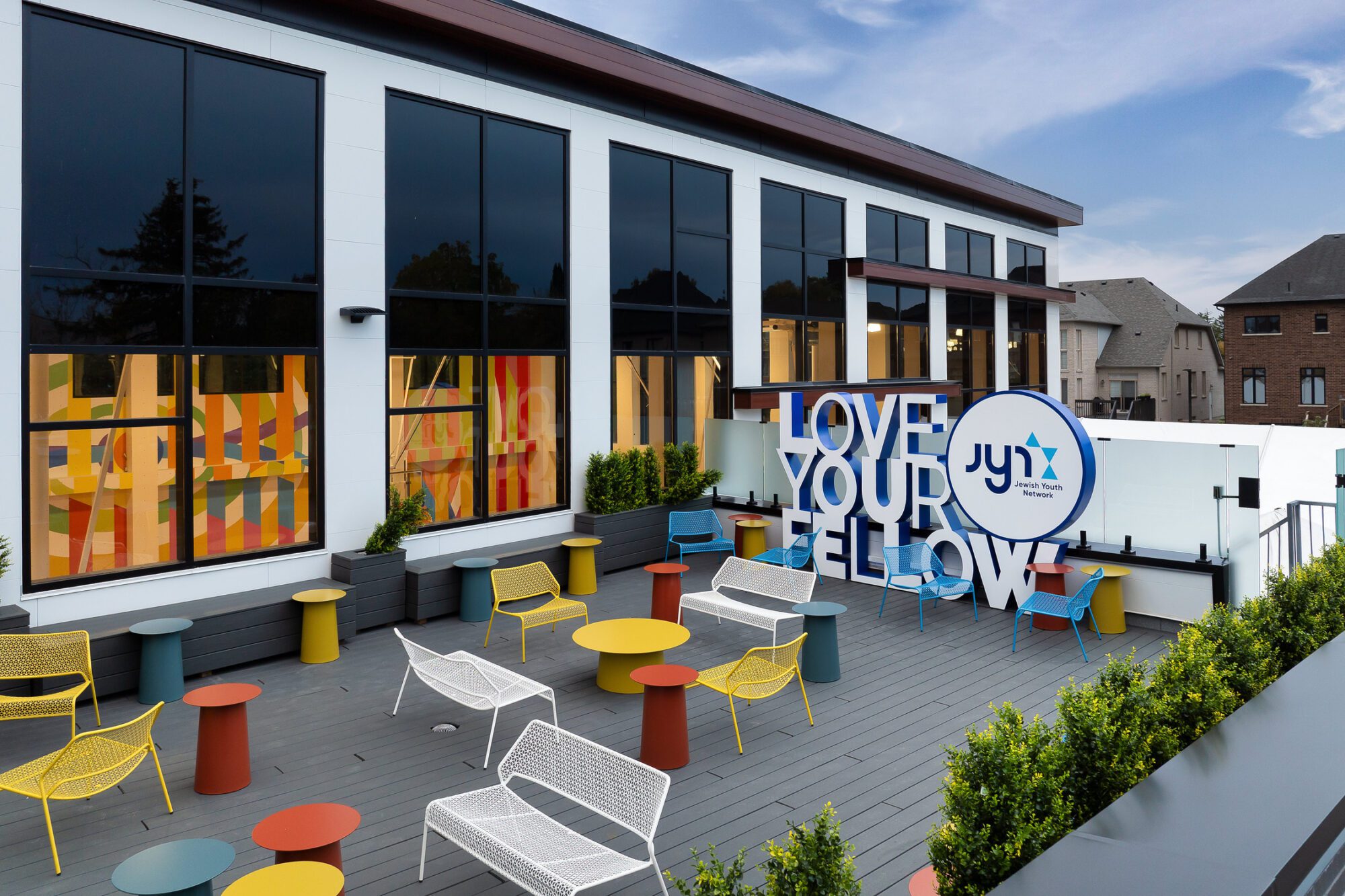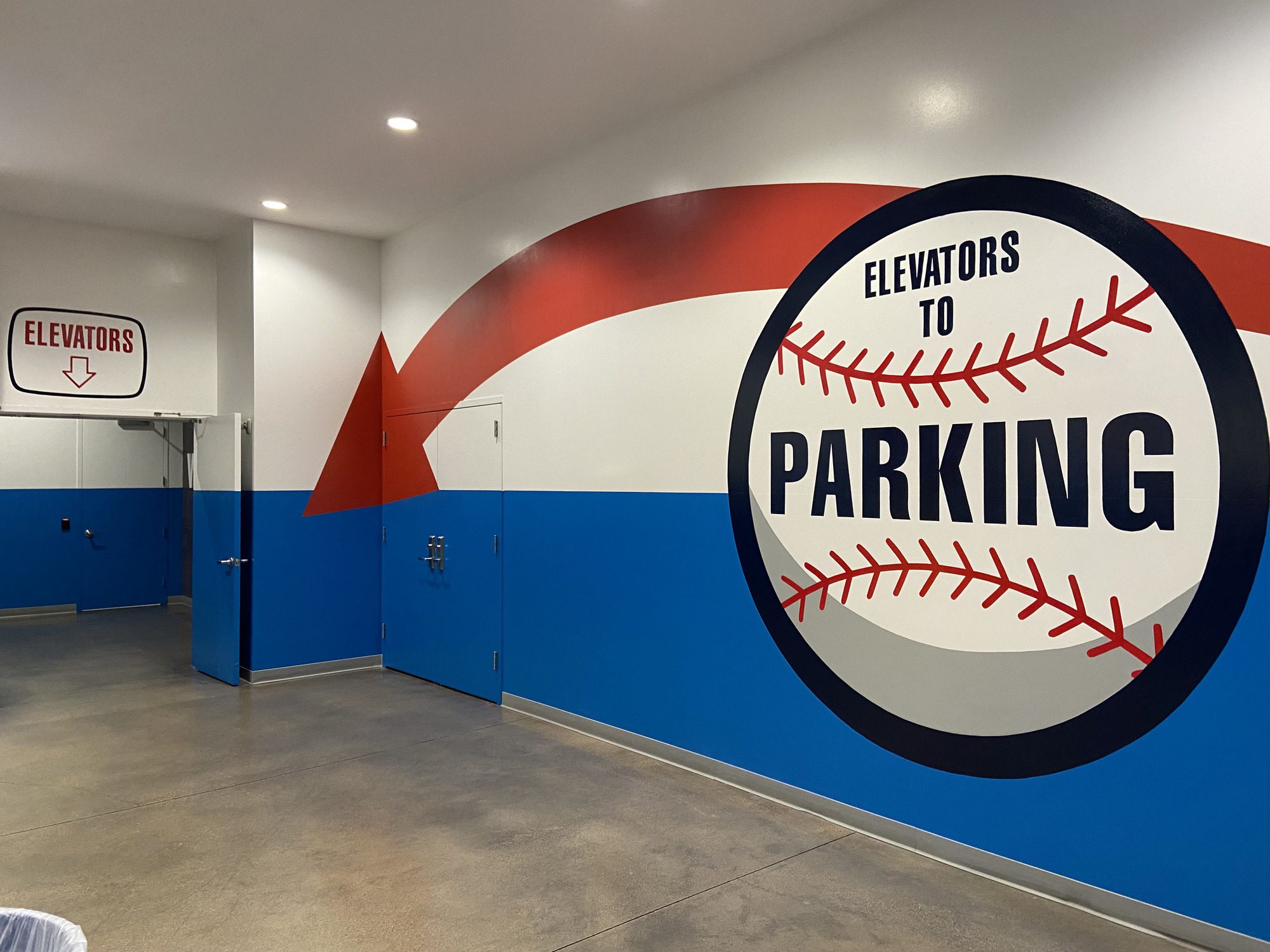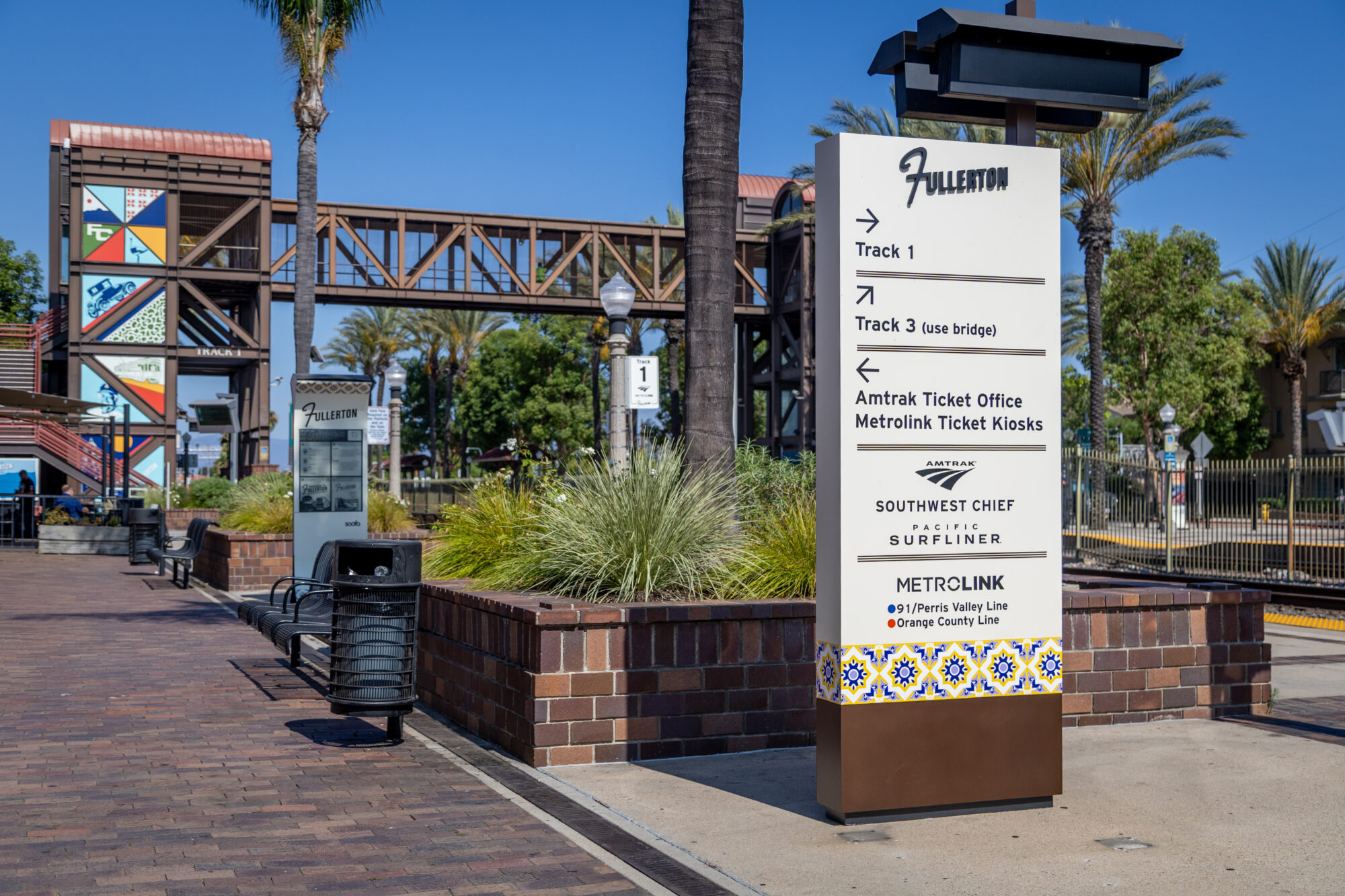As we are adapting to the ever-changing nature of humanity and the economy, many of the mega malls of a bygone era are yielding to this inevitable change. Large retail anchor stores are downsizing or outright closing. An ever-increasing trend towards online shopping has further placed a strain upon retailers and mall operators.
Yet there seems to have emerged a new path and purpose for these places of our past. Could they provide the answer to the New American Dream?
For generations, the purported American Dream… the goal of most of Americans was held in the notion of owning your own home. “A house, with a yard, a white picket fence, a car and a garage in which to park it.”
Yet the newer generations have begun questioning the wisdom of taking on huge mortgages, tying themselves to one locale and having to earn large salaries in order to support that outmoded lifestyle.
We see these trends in the tiny house movement, where young people are reevaluating the size and nature of their home.
We see these trends in the Digital Nomad movement… the work from anywhere trend, where people are prioritizing life experience over the old settling into a job, house and mortgage.
This New American Dream… one that places freedom above possessions, maximization of resources above over-consumption, and authentic experiences above superficial noise… is a trend permeating throughout society.
The recycling of malls small and large… transforming them into mini communities seems a perfect fit for this growing segment of our population. It first addresses their housing needs by providing tiny residences at affordable prices.
Since these abodes are small, residents will naturally be drawn out of their homes to connect with others. More than what you might find in an apartment or condo complex, adaptive re-use of malls provide a larger array of community watering holes. From markets, to eateries… from gyms to entertainment areas, these New American Dreamers can live, play, shop and connect with likeminded experience dwellers.
The challenge of transforming and repurposing former malls into communities requires a multitude of varied expertise.
More than converting them from shopping centers into mixed-use facilities, the goal is to create spaces in which people can experience their New American Dream.
First… since the task is a conversion of an existing space, intimate knowledge of mall design is paramount. Along with experience with these existing spaces, highly specialized expertise often times is the key element in the success of these transformations.
Placemaking
There are few things in life that are more intimate and life-shaping than the environment of one’s home and community. That sense of place, the feelings it evokes, is a powerful force in attracting future residents… as well as providing a space that will entice them to stay longer term.
Branding
What differentiates one property from another? What is the unifying thread tying all properties from one source together? Branding is storytelling. It relays an authentic and compelling tale of a place and the people who thrive within it.
Wayfinding
There are few moments more frustrating than being unable to find your way to your desired destination, whether it is to a party at a neighbors’ home, or a delivery person trying to drop off pizza or groceries at your doorstep. Wayfinding plays a significant role in the experience, enjoyment and long-term residence in their new home and community.
In larger spaces, such as you find in transformed malls, careful attention must be paid to understanding visitor-flow and touch-points, and designing a system which intuitively helps them navigate to and through the space with ease, decreases stress while increasing happiness in living the New American Dream.
Although the shopping malls of our past can and are being transformed for many other uses, creating spaces for people to live their New American Dream is one which is congruent with the desires of a great part of our society who are increasingly placing life experience above material possessions.
Selbert Perkins Design is an international design firm specializing in the integration of Branding, Wayfinding, and Placemaking that drives economic success for our clients.



